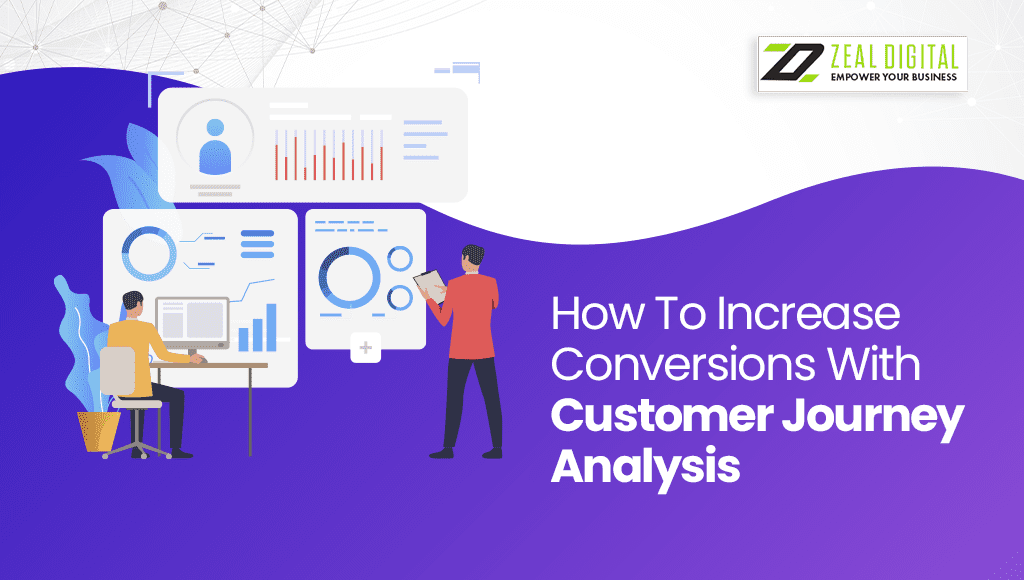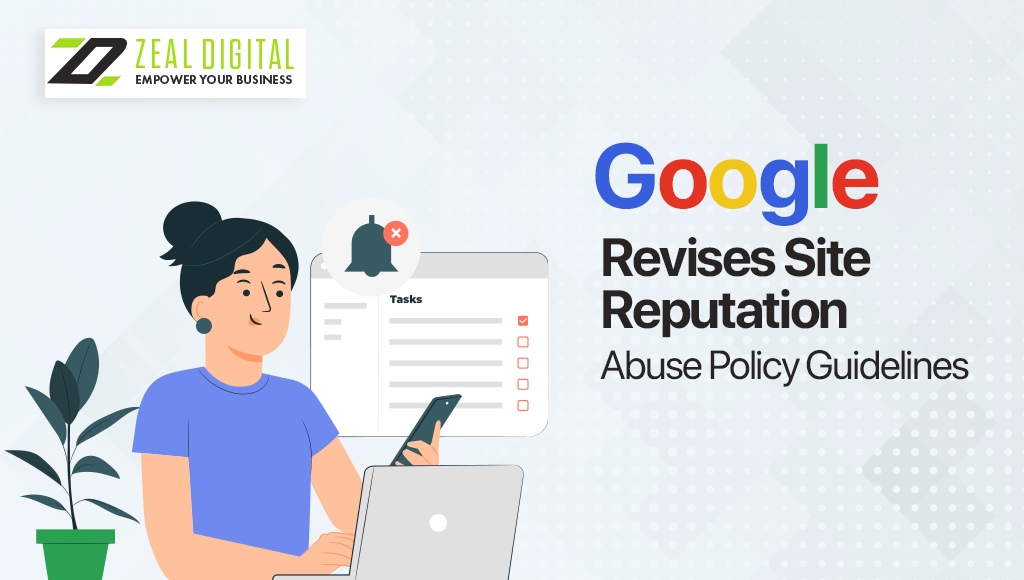In the ever-evolving landscape of digital marketing, understanding the customer journey is crucial for maximising conversions. For businesses seeking to optimise their marketing strategies, employing effective techniques to analyse and improve the customer journey is essential. A digital marketing agency in Perth can play a pivotal role in helping businesses navigate this process. This guide explores the significance of customer journey analysis and offers actionable strategies to enhance conversions.
Understanding the Customer Journey
The customer journey encompasses the entire process a consumer goes through from initial awareness of a product or service to making a purchase and beyond. It includes various touchpoints and interactions that shape the customer’s experience and influence their decision-making process.
Analysing the customer journey involves tracking these interactions, understanding customer behaviour and identifying key moments that drive conversions. By gaining insights into how customers engage with your brand, you can tailor your marketing efforts to address their needs and preferences more effectively.
Why Customer Journey Analysis Matters
Effective customer journey analysis provides several benefits:
- Enhanced Customer Experience: Understanding the customer journey helps you identify pain points and areas for improvement, allowing you to create a more seamless and enjoyable experience for your audience.
- Increased Conversions: By pinpointing the key touchpoints and interactions that drive conversions, you can optimise these areas to maximise your conversion rates.
- Better Targeting and Personalisation: Insights from customer journey analysis enable you to segment your audience and deliver personalised messages that resonate with different customer groups.
- Optimised Marketing Spend: By focusing your efforts on the most effective touchpoints, you can allocate your marketing budget more efficiently and achieve a higher return on investment (ROI).
Increasing Your Conversions with Customer Journey Analysis
To leverage customer journey analysis effectively, follow these steps to optimise your marketing strategies and increase conversions:
Map Out the Customer Journey
Creating a detailed map of the customer journey is the first step in understanding how your audience interacts with your brand. This involves identifying all the touchpoints, from initial awareness through to post-purchase interactions.
Start by gathering data from various sources, such as website analytics, customer feedback and social media interactions. Map out each stage of the journey, including the channels and devices used, as well as the key actions taken by customers. This comprehensive view will help you visualise the entire experience and identify areas for improvement.
Analyse Customer Behaviour
Once you have mapped out the customer journey, the next step is to analyse customer behaviour at each touchpoint. Look for patterns and trends that indicate how customers are engaging with your brand.
Pay attention to metrics such as page views, click-through rates and conversion rates to gauge the effectiveness of different touchpoints. Use tools like Google Analytics and heatmaps to gain deeper insights into user behaviour and identify any obstacles or friction points that may be hindering conversions.
Identify Pain Points and Opportunities
Customer journey analysis will often reveal pain points where customers may be dropping off or experiencing difficulties. These could include issues such as slow-loading pages, confusing navigation or a lack of relevant information.
Addressing these pain points is crucial for improving the overall customer experience and increasing conversions. Additionally, look for opportunities to enhance the journey by providing additional value, such as personalised recommendations or targeted offers based on customer behaviour.
Optimise Key Touchpoints
Once you have identified pain points and opportunities, focus on optimising the key touchpoints that influence conversions. This may involve improving website functionality, streamlining the checkout process or enhancing the quality of your content.
For example, if you find that many customers abandon their carts during the checkout process, consider simplifying the form fields, offering multiple payment options or providing clear progress indicators. Similarly, if your analysis reveals that customers are not engaging with your email campaigns, experiment with different subject lines, content formats and sending times to improve engagement rates.
Implement Personalisation Strategies
Personalisation is a powerful tool for increasing conversions. By tailoring your marketing messages and offers to individual customers based on their behaviour and preferences, you can create a more relevant and engaging experience.
Use the insights gained from customer journey analysis to segment your audience and deliver personalised content. For instance, if a customer frequently browses specific product categories, send them targeted email offers related to those products. Personalisation can significantly boost engagement and drive higher conversion rates.
Test and Refine Your Strategies
The digital landscape is constantly evolving and customer preferences may change over time. To ensure that your marketing strategies remain effective, regularly test and refine your approaches based on ongoing customer journey analysis.
Conduct A/B testing to compare different variations of your marketing tactics, such as landing page designs or ad copy. Monitor the results and make data-driven adjustments to optimise performance. Continuous testing and refinement will help you stay ahead of the competition and maximise your conversion rates.
Leverage Advanced Analytics Tools
Advanced analytics tools can provide deeper insights into customer behaviour and enhance your ability to analyse the customer journey. Consider using tools like customer relationship management (CRM) systems, marketing automation platforms and advanced analytics solutions to gain a more comprehensive understanding of your audience.
These tools can help you track customer interactions across multiple channels, segment your audience more effectively and measure the impact of your marketing efforts in real-time. By leveraging advanced analytics, you can make more informed decisions and drive better results.
Foster Collaboration Across Teams
Effective customer journey analysis requires collaboration between different teams within your organisation. Ensure that your marketing, sales and customer service teams are aligned and share insights from customer journey analysis.
By fostering collaboration and communication, you can ensure that all teams are working towards common goals and addressing customer needs effectively. This holistic approach will help you deliver a more cohesive and seamless customer experience, ultimately leading to higher conversions.
Monitor and Adjust Based on Feedback
Customer feedback is a valuable source of information for improving the customer journey. Collect feedback through surveys, reviews and social media interactions to gain insights into customer experiences and preferences.
Use this feedback to identify areas for improvement and make necessary adjustments to your strategies. Regularly monitor customer feedback and adjust your approach based on evolving customer needs and expectations.
Invest in Continuous Learning and Development
Staying informed about the latest trends and best practices in digital marketing is essential for optimising your customer journey analysis efforts. Invest in ongoing learning and development to ensure that your team is equipped with the knowledge and skills needed to adapt to changing market conditions.
Attend industry conferences, participate in webinars and engage with thought leaders to stay updated on the latest advancements in digital marketing. Continuous learning will help you implement innovative strategies and stay ahead of the competition.
Conclusion
Customer journey analysis is a powerful tool for enhancing conversions and driving business growth. By mapping out the customer journey, analysing behaviour and optimising key touchpoints, businesses can create a more seamless and engaging experience for their audience. Partnering with a digital marketing agency in Perth can provide valuable expertise and resources to support your efforts in optimising the customer journey and achieving your marketing goals.
By implementing the strategies outlined in this guide, small businesses can effectively address common challenges, maximise their return on investment and drive higher conversion rates. Embrace the insights gained from customer journey analysis and leverage them to create a more personalised and impactful marketing strategy.
Frequently Asked Questions (FAQs)
How can a digital marketing agency in Perth help with customer journey analysis?
A digital marketing agency in Perth can provide expertise in mapping out the customer journey, analysing behaviour, and implementing strategies to optimise touchpoints. They can also offer advanced analytics tools and personalised marketing solutions to improve conversions.
What are some common challenges in customer journey analysis?
Common challenges include limited resources, difficulty in tracking and analysing data, and keeping up with evolving customer preferences. These challenges can be addressed by using advanced analytics tools, collaborating across teams and continuously refining strategies.
How can personalisation improve conversion rates?
Personalisation improves conversion rates by tailoring marketing messages and offers to individual customers based on their behaviour and preferences. This creates a more relevant and engaging experience, increasing the likelihood of conversion.
Why is it important to continuously test and refine marketing strategies?
Continuous testing and refinement are important because they help businesses to adapt to changing market conditions and customer preferences. Regularly testing different approaches and making data-driven adjustments ensure that marketing strategies remain effective and optimise performance.






